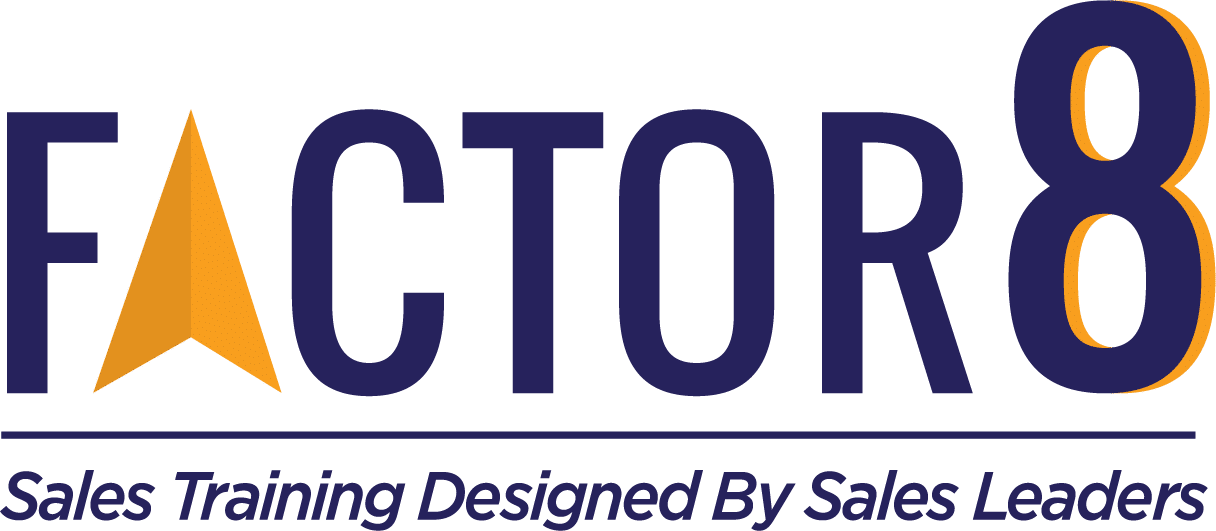5 Critical Tips for New Account Executives
Congratulations on your promotion to AE! Transitioning from an appointment setter, qualifier or SDR/BDR to an Account Executive who carries a revenue quota and closes deals is a BFD. Here are five skills that can help you make goal faster!
1. Slow WAY Down. As a BDR, the game was speed. A hundred calls, ten conversations, and one yes. The good calls were under 10 minutes and you were careful not to dive too deep. As an Account Executive, it’s a common mistake to try and also pack your calendar with cookie-cutter demos in the hopes 10% will close. Be better.
The Account Executive’s role is to add so much value to the prospect that they overcome their resistance to change and buy. That won’t happen in 10 minutes or 60 minutes, and it won’t happen the same way each time. So slow down and get to know the prospect. Why did they take the meeting? What’s happening in their world? Why is it a challenge? Why is it important to fix? What have they tried? What happens when it’s better?I could keep going here, but I hope you get the picture. Spend time instead discovering their situation AND their top priorities and values because these are their motivators to change. At Factor 8, we’ll give you a gold star if you don’t share your screen or your solution once in the first call. Truth: we don’t give out a lot of gold stars.
2. Be SWIIFT℠. Heard of that before? It’s the opposite of WIIFM and it means, “So, What’s In It For Them?” We want you to take this to the extreme and make as many of your calls as possible about them instead of you. The average AE will ask 3-4 questions and then launch into their slides/demo/solution.
This hurts them in several ways:
- They come off like a typical self-centered salesperson
- They leave opportunity on the table by not digging out the whole need
- They haven’t found a personal connection or the prospect’s motivation
- The prospect quits listening and goes dark
So, go deeper and seek to understand. Seek to help. Make it all about them for the entire first call and as much of the second and third as possible. Even during your demo, we teach you to only cover a specific and abbreviated number of items and to stop sharing at least 50% of the call. Ditch the sales speak and value props and pitches and competitive data and do all you can to understand and add value.
3. Bridge Every Call! Unlike your old job, closing deals will take multiple calls. Always set up your next call before getting off this one. Like, always. It’s called a bridge. The best bridges have appointments booked in the calendar with invitations and agendas sent immediately. If we can’t get that, they at the very least agree on a day you will call back (and try to get them to block the time!). This simple skill takes 3 minutes to accomplish and will save 3 hours of time chasing down leads you thought were interested but who won’t return your emails. It’s sort of like “never wake a sleeping baby” – never hang up on a live prospect (without bridging to the next call).
4. Be a Calendar Ninja. Suddenly you need time in your day for more than just outbound appointment setting (but pretty please still do that too!) Get strategic and block times in your calendar for research, client meetings, follow-ups, emails, and outbound prospecting. You’ll also need time to build your custom proposals/demos/solutions for clients. It’s a lot more to juggle! You may even be used to a tool telling you who to call and when if you used a great sales cadence solution like Outreach. But now you need to be strategic about when you call, build, respond, and research. It’s easy to get buried in emails and snoozed CRM tasks, and NOT systematically and proactively review your CRM for actions to take to keep your pipe full and leads warm. It’s a common mistake and it takes serious time management skills.
5. Master the Meeting. It can be intimidating to move from a 10-minute 1:1 call to running a pitch to a prospect team. 60 minutes, 5 people, and LOTS of pressure (and doing it virtually to boot!) To run a killer sales meeting, always start with an agenda and introductions. Think of it like you’re hosting an open house. Thank people for coming, learn something about them, find out their goals, and put them at ease. Remember, these meetings are as much about YOU as your solution, because people buy from people they like, and nobody likes being instantly pitched!
Try dressing up a level, add some professional flair to your background, use your rapport-building techniques, and do everything you can to get cameras ON and screen sharing OFF (a Gong study showed that discovery meetings run with you sharing slides means you do most of the talking instead of the other way around). Share your agenda and ask if they have specific questions or items to add before diving into the meat of the meeting. And always be sure the meat starts with SWIIFT℠ questions instead of your pitch! Practice kicking off meetings with a few colleagues until you sound and feel confident!
There’s a lot to master in your new role, but these five skills will help you stay in front of the learning curve!

